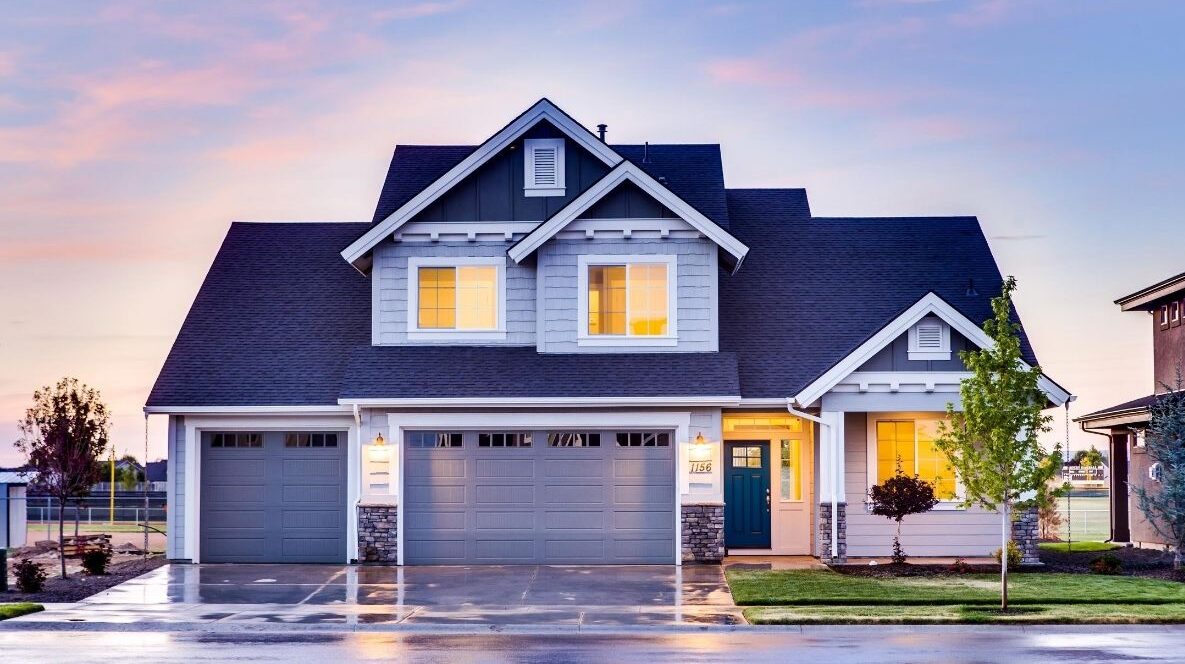Universal design is an increasing priority for new homes, as well as remodeling projects. In essence, it’s all about making the home accessible for everyone, including those with potential physical disabilities, as well as people of all ages, from young children to seniors. Learn more about putting universal design to use and how to make it happen with a home remodel.
The most obvious place where universal design comes into play is with home entrances. This includes offering at least one entrance that is wheelchair accessible. Elegant concrete ramps and walkways can be incorporated into a home’s design and its landscaping. And, depending on a home’s design, a ground level back or side patio could even be incorporated into a wheelchair accessible home entrance. Power-operated doors are another option to be considered as well.
Within the home, it’s also important to minimize or eliminate entrance thresholds and mini-steps between rooms, which are often a spot leading to falls. Room entrances and hallways also must have enough space, and may need to be expanded. This leads to opening up certain rooms, for instance, and creating a shared kitchen and dining space, which is great for entertaining, too.
Bathrooms are one of the primary focuses of universal design remodeling projects. Options such as rails and grips for the toilet and within the shower or tub are important. In some cases, removing the tub altogether, and offering a level shower without a curb might be the best option. Benches or seats can also be built into showers, and toilets can feature elevated seat designs.
One often-overlooked component of universal design is replacing traditional doorknobs within the home. Consider the height of door handles on kitchen and bathroom cabinets, and think about pull style handles as opposed to knobs.
It may be possible to change the height of light switches and counter tops depending on who’s being accommodated. One alternative is remote control lighting, as well as smart home technology, which can then also control the thermostat and other home comfort features.
Even appliance selection can make a difference when it comes to home accessibility. For example, consider front loading washing and drying machines in the laundry room, with enough maneuvering room. A refrigerator and freezer that swings open and is split left and right is more accessible than a refrigerator with the freezer on the top.
Keep in mind that in addition to the innate advantages of accessibility and safety, universal design also offers several added benefits. Many features of universal design offer the effect of opening up a room or home, and making it more spacious and inviting. Further, it can only add to a home’s resale value in the future, too.
Importantly, it’s crucial to work with a home remodeling contractor in Wichita who is well versed with universal design. Ask to see examples of previous universal design projects, and recommendations for what types of improvements can be made given the particulars of the home. With an experienced team, a home can be made universally welcoming and accessible for all.

